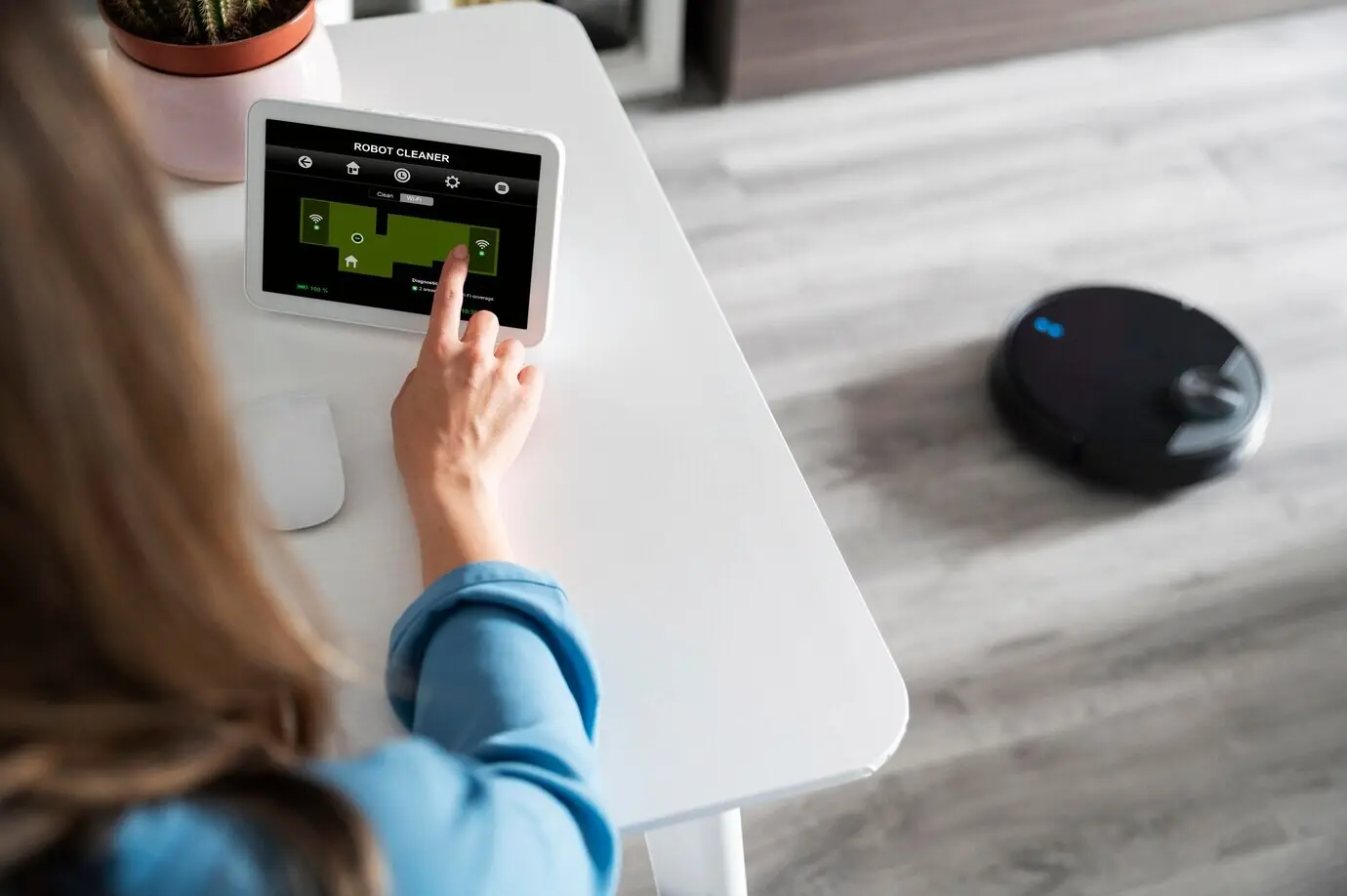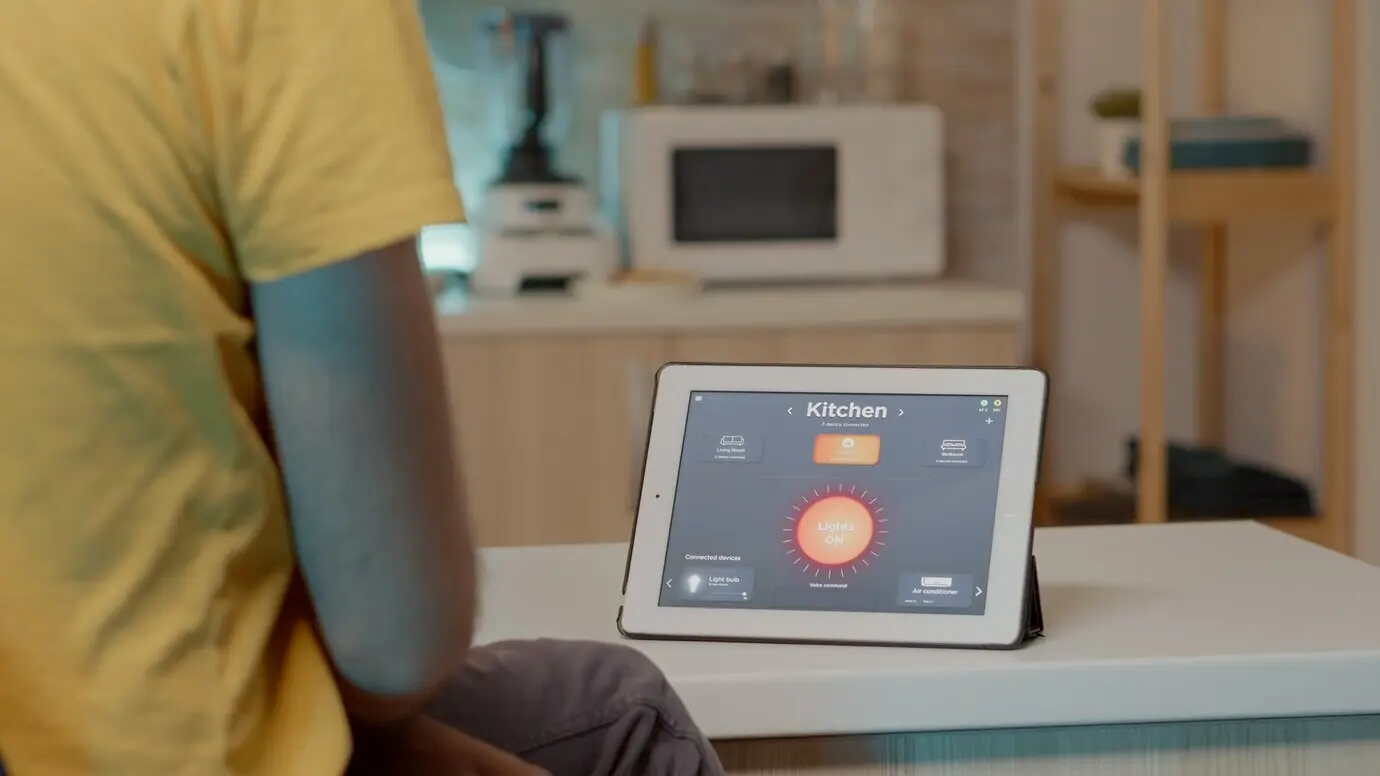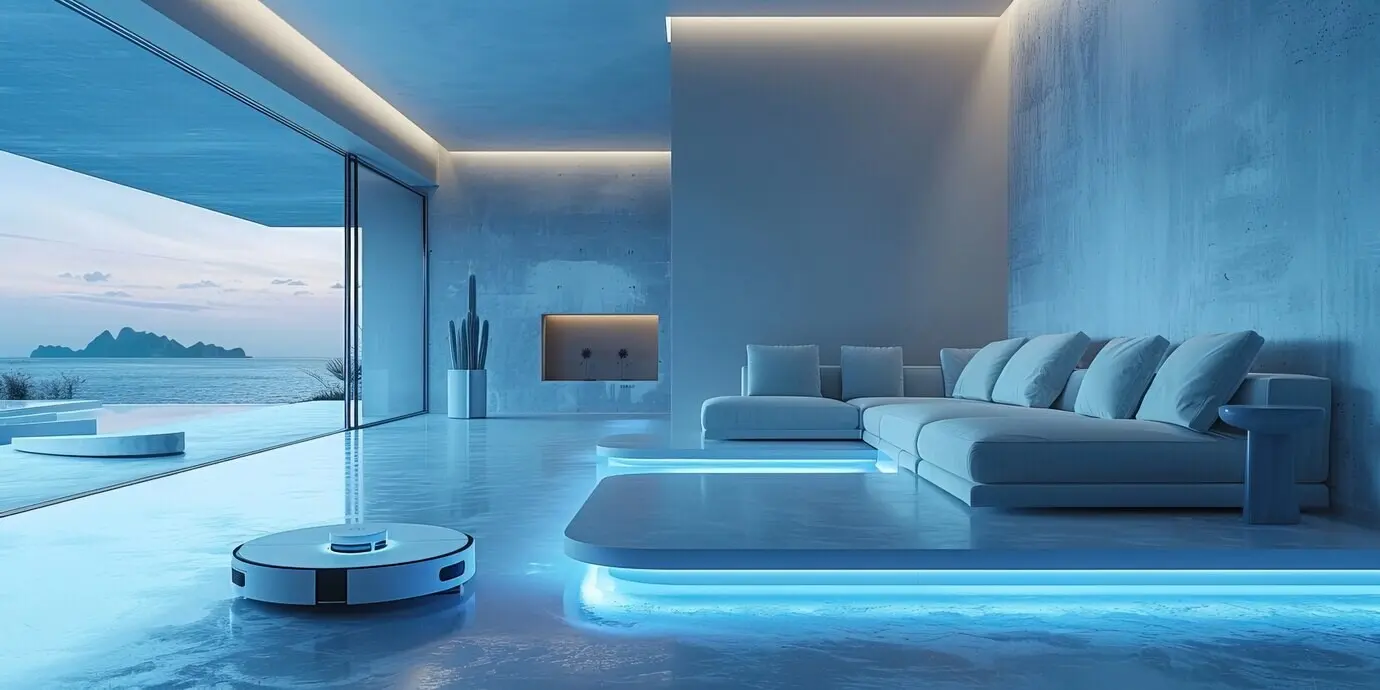Build Your Smart Home in Thoughtful Phases
Clarity Before Cables

Money That Works Across Phases

Schedules That Respect Dependencies

Infrastructure First: Power, Network, Pathways
Nothing beats robust wiring, safe power, and reliable Wi‑Fi or wired backbones. Plan additional outlets, low‑voltage runs, and conduit pathways during any drywall work. Even if you won’t use every drop today, future phases will thank you. Label everything, document photos before closing walls, and centralize equipment to reduce heat and noise. Infrastructure investments turn future installations into fast, dust‑free afternoons.

Trade Coordination Without Headaches
Create a shared timeline that aligns electrician visits, patching, painting, and device mounting. Clarify who owns which tasks, when inspection windows open, and how surprises get escalated. A 15‑minute pre‑start huddle prevents hours of rework. Keep a communication channel—group chat or shared board—alive with daily updates, photos, and decisions. The best money saver is collaborative clarity served early and often.

Seasonal Timing and Living Through Upgrades
Schedule outdoor cameras, irrigation controllers, and solar integrations during fair weather. Reserve heavy interior work for travel days or long weekends away. When living through upgrades, protect quiet hours, maintain safe walkways, and pre‑stage dust control. Short, predictable sprints minimize family fatigue. After each sprint, run a readiness checklist so the home returns to normal quickly, and comfort remains the baseline.
Future-Proofing Without Guessing the Future
Choose Interoperability: Matter, Thread, Zigbee, Z‑Wave
Design for Change: Hubs, APIs, and Firmware Lifecycles
Privacy, Data Portability, and Local Control
Pilot, Measure, Iterate
01
Thirty Days to Learn What Actually Matters
Install a small set—perhaps thermostat, two leak sensors, a smart plug, and an entry sensor—and track daily outcomes for thirty days. Note false alerts, manual overrides, and comfort changes. Collect feedback from everyone at home, not just the installer. Publish a short summary for yourself. That artifact guides spending, trims noise, and proves whether your next phase deserves acceleration or redesign.
02
Feedback Rituals Build Adoption
Create a weekly ritual: five minutes to review what felt magical or annoying. Adjust automations, rename scenes, and simplify triggers. Adoption grows when family language matches app language. Invite questions, capture confusions, and celebrate moments saved. Comment below with one ritual you’ll try; we’ll share a printable checklist that keeps reviews short, kind, and surprisingly effective for long‑term success.
03
A Quick Story: The Tiny Leak That Saved a Floor
A reader added a single leak sensor by the water heater during phase one. A month later, a slow drip triggered an alert at 3 a.m. They shut the valve, called the plumber, and avoided thousands in damage. Small pilots can pay for themselves dramatically, buying goodwill with skeptics and funding future phases without touching household savings or emergency reserves.
Operate, Secure, and Scale

All Rights Reserved.